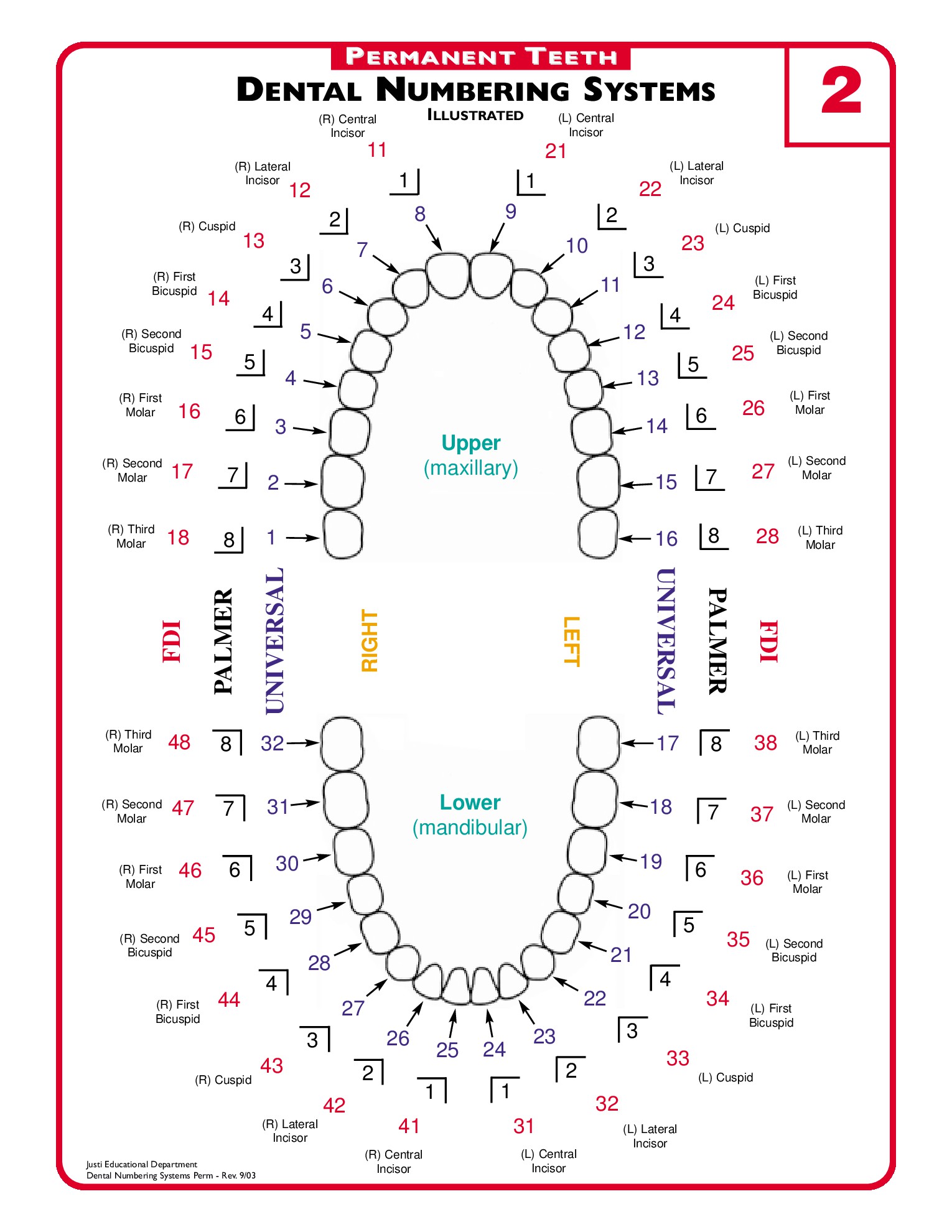If you have no idea on how to care your toddler’s teeth, then you are not alone. Teaching kids tooth brush for the first time can be intimidating for many parents. But, this should have to be if you and your little toddler follow these tooth brushing tips to help you child’s pearls healthy and strong. Aside from using popular character songs like Elmo’s brushing teeth song, there are other ways you can do to inspire your kids to proper oral care practices.
Introducing Oral Hygiene
Parents must begin getting a head start to proper oral care regimen before the child’s first tooth eruption. You can start the process by cleaning the baby’s gums and teeth that are erupting with a wet soft cloth or gauze immediately after a meal. In this way, you will help your baby get used to regular teeth cleaning efforts. Also, any food particles clinging to your child’s erupting teeth and gums will be removed.
Introduce Your Toddler to a Toothbrush
A child must be introduced to a toothbrush between the age of 12 and 18 months. You will have to use to soft-bristled toothbrush that is made for toddlers. Do not add toothpaste yet. Make this process as enjoyable as possible for your little child. Buy a toothbrush with popular character when demonstrating proper tooth brushing so your toddler can relate. Many parents love to play the video a Sesame Street’s Elmo brushing his teeth for their kids using a smartphone while the child is tooth brushing.
Including Toothpaste to Your Toddler’s Oral Care
When your toddler turned three years old, you can start adding a tiny amount of toothpaste. Make sure it’s fluoride free toothpaste. A pea-sized amount of toothpaste is already enough and appropriate. You have to make sure that your child knows that it’s necessary to spit it out rather than swallowing it. Giving the toddler a small amount of water for brushing and teaching him how to swish the water to rinse his mouth will encourage your child to spit any toothpaste left.
Strive for Quality Brushing Time
The American Dental Association suggests that you have to spend at least two minutes when tooth brushing your toddler. But this might not be practical in reality. The American Academy of Pediatric Dentistry recommends that you emphasize more on covering all tooth surfaces, particularly the back teeth. You may be spending more than two minutes brushing their teeth, but ensure every tooth is cleaned during the time you are spending two minutes brushing their teeth.
Allow Your Toddler to Brush on Their Own
When your child reaches four, your child must start brushing his teeth with supervision. Watch them closely during the process. You may still have to help to reach back teeth. Most dentists agree that kids must be monitored until they reach the age of 8 or 9 because sometimes, they are in too much of a hurry to play or do their activities that they may not be properly brushing their teeth.



























